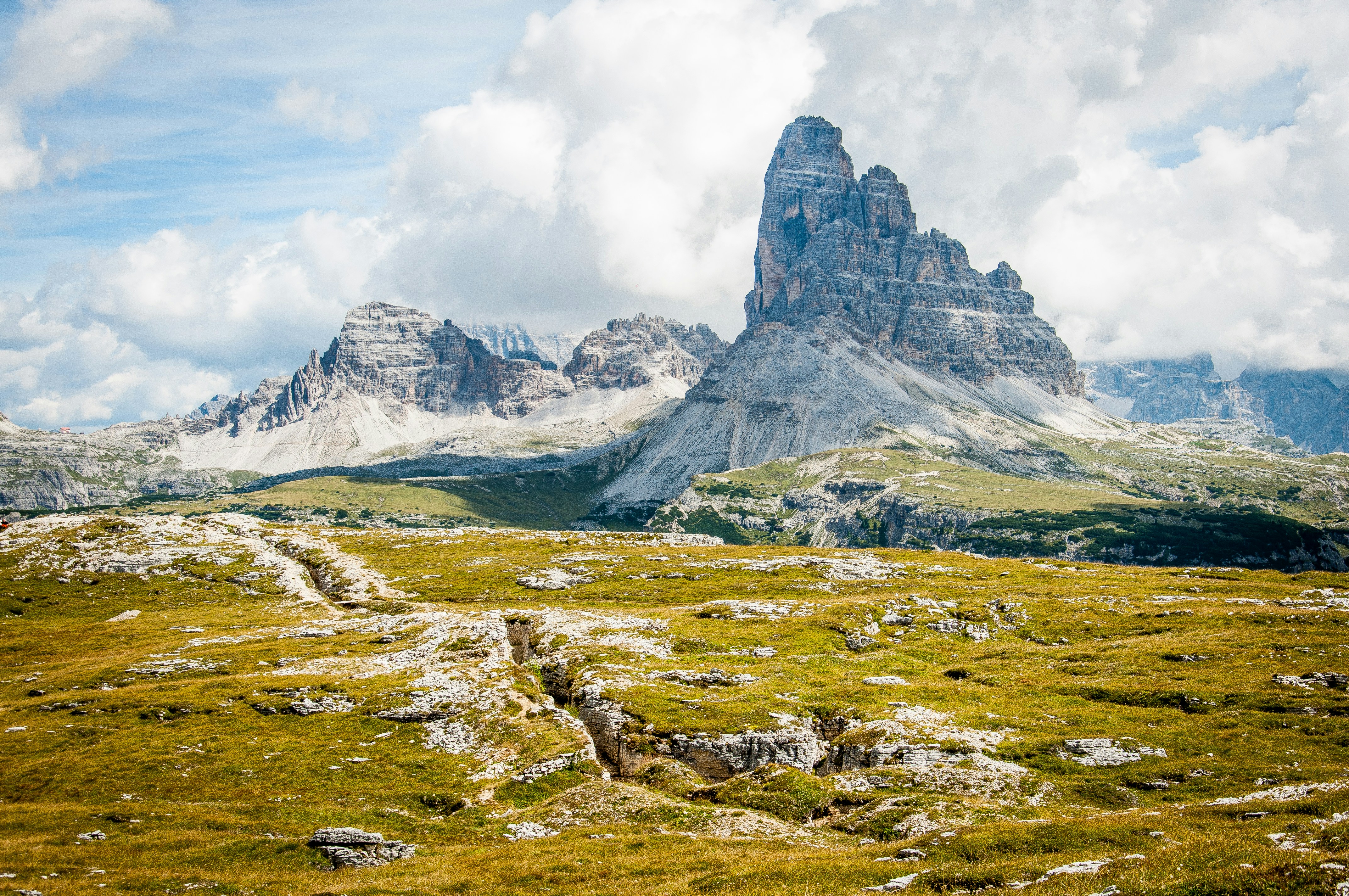Transform Your Outdoor Space with Hardscaping: The Backbone of Stunning Landscapes
Feb 6, 2022
When it comes to creating a beautiful, functional outdoor space, hardscaping is just as important as softscaping. While plants, flowers, and trees bring color and life to your yard, hardscaping elements like patios, walkways, retaining walls, and outdoor kitchens provide structure and usability. In this blog, we’ll explore the benefits of hardscaping, the different types of features you can incorporate, and tips for designing a cohesive outdoor environment.
Why Hardscaping Matters
Hardscaping forms the foundation of your landscape design. It defines areas of your yard, creates flow, and provides the surfaces and structures necessary for everyday use. Unlike plants, which change and grow over time, hardscaping elements are permanent fixtures that enhance the functionality and aesthetics of your outdoor space.
A well-designed hardscape can:
Increase Usability: By adding patios, decks, and walkways, you create spaces for dining, relaxing, and entertaining, making your yard an extension of your home’s living space.
Enhance Aesthetics: Hardscaping materials like stone, brick, and wood add texture and visual interest, complementing the natural beauty of your plants and flowers.
Improve Property Value: Quality hardscaping can significantly boost your home’s curb appeal and market value, making it a smart investment.
Provide Low Maintenance: Unlike lawns and gardens, hardscaping features require minimal upkeep, saving you time and effort in the long run.
Popular Hardscaping Features
There are countless ways to incorporate hardscaping into your landscape design. Here are some of the most popular features:
Patios and Decks: These provide a solid, flat surface for outdoor furniture and activities, serving as the central hub for outdoor living. Choose materials like natural stone, pavers, or wood for a durable and attractive finish.
Walkways: Walkways guide foot traffic through your yard and connect different areas of your landscape. They can be straight and formal or meandering and natural, depending on your design aesthetic.
Retaining Walls: Retaining walls are both functional and decorative, helping to manage soil erosion and create level areas on sloped properties. They can be made from a variety of materials, including stone, brick, or concrete.
Fire Pits and Fireplaces: Adding a fire feature creates a cozy gathering spot for evenings spent outdoors. Whether you choose a simple fire pit or a full outdoor fireplace, this feature adds warmth and ambiance.
Water Features: Incorporate the soothing sound of water with features like fountains, ponds, or waterfalls. These elements not only enhance the visual appeal of your yard but also create a tranquil environment.
Outdoor Kitchens: For those who love to entertain, an outdoor kitchen can transform your backyard into a fully functional living space. Equip it with a grill, countertops, storage, and even a sink or refrigerator for convenience.
Tips for Designing a Cohesive Hardscape
To create a harmonious and visually appealing outdoor space, it’s important to plan your hardscaping carefully. Here are some tips to keep in mind:
Consider Scale and Proportion: Ensure that your hardscaping features are appropriately sized for your yard. Large patios or expansive walkways can overwhelm a small space, while too-small features may look out of place in a large yard.
Choose Complementary Materials: Select materials that complement the style of your home and the surrounding landscape. For example, natural stone works well with rustic or traditional designs, while sleek concrete is better suited for modern aesthetics.
Integrate with Softscaping: Hardscaping and softscaping should work together to create a balanced and inviting environment. Use plants to soften the edges of hardscaping features and to add color and life to your space.
Plan for Drainage: Proper drainage is crucial in hardscaping to prevent water from pooling on surfaces or damaging your structures. Incorporate features like permeable pavers or strategically placed drains to manage water flow.
Think About Functionality: Consider how you’ll use your outdoor space and design your hardscaping accordingly. Ensure there’s enough room for activities, furniture, and movement, and think about how the space will be used during different times of the year.
Conclusion
Hardscaping is the backbone of a well-designed landscape, providing the structure and functionality needed to enjoy your outdoor space fully. Whether you’re looking to create a cozy patio, a welcoming walkway, or a dramatic retaining wall, the possibilities are endless. At Master Landscapers, we specialize in designing and installing high-quality hardscaping features that enhance both the beauty and usability of your yard. Contact us today to learn more about how we can transform your outdoor space with our expert hardscaping services.



